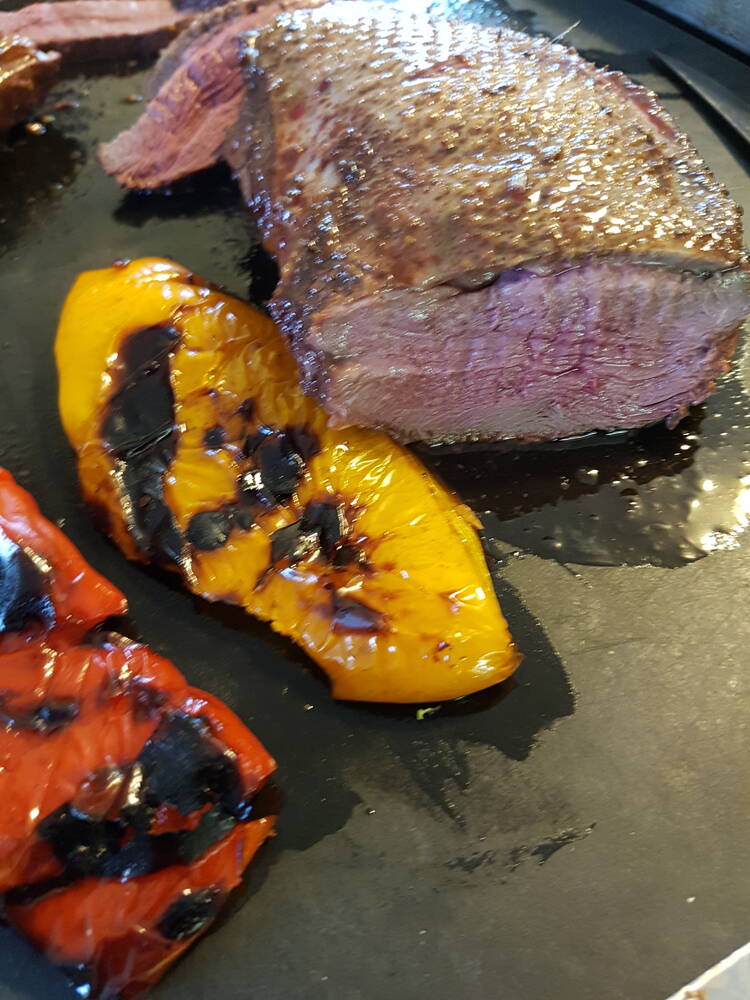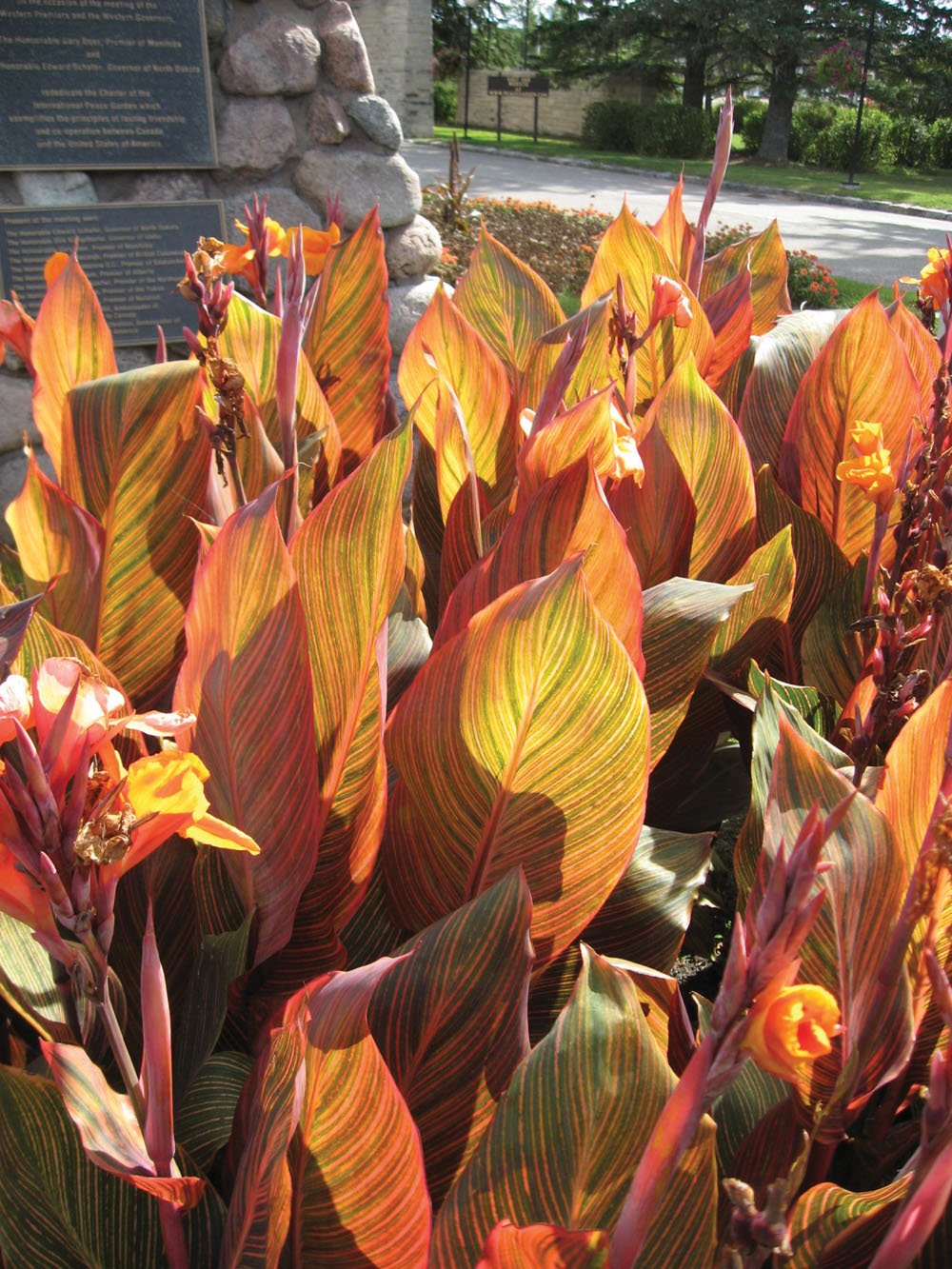In the past I used to grow cannas and I was often disappointed in the fall when frost arrived in early September – or in some years when we lived in Birtle, Manitoba in late August – and froze the cannas just as they were coming into bloom. It was so disheartening to have grown something and to have waited patiently all summer only to have the plants cut down before their floral display could be fully enjoyed. As a result I quit growing cannas for a number of years.
Read Also

Giant Canada geese have gone wild in Manitoba
Giant Canada geese are seemingly everywhere and can be fine table fare for local hunters, but 70 years ago, they were borderline extinct.
Cannas, as you may know, are related to rabbits. Well, not really, but they do multiply just about as fast and so a number of years ago I was given a few canna tubers by a friend who had boxes of the things. I almost refused the generous offer but then I thought I might be able to overcome my reluctance to grow cannas again by giving them a head start in the spring. This strategy has worked well for me over the last number of years and I now grow a lot of cannas and have increased my collection to include not just the old green-leafed, red-flowered variety but new varieties with various coloured flowers and marvellous bronze or colourfully striped leaves.
If stored properly, in a cool, dark location, cannas will take quite some time to break dormancy and begin to put forth new growth in the spring. My first couple of trials of this technique were somewhat less successful because I didn’t get the tubers going early enough. I have learned that they should be planted indoors by April 1 for best results. Because they would take a lot of space if each tuber was potted up separately, I simply cut the bottom of a sturdy cardboard box, leaving the sides about 20 cm high, then I line the box with plastic and fill it with dampened soilless mix. I plant the canna tubers into this potting medium, crowding them in as close as possible – they do not seem to mind if they are touching their neighbours.
I place this box in my sunroom, but anyone who doesn’t have a sunroom could simply keep the box in the house – good light is not required for the first few weeks as there will be no top growth; warmth is what is required to break the tubers’ dormancy. Only when top growth emerges does the box need to be placed in good bright light – by this time, usually late April, I have my cold frame set up on the back patio and the box goes into the cold frame. The cannas continue to grow and sometimes they get higher than the sides of the cold frame, which makes putting the lid on the cold frame difficult on frosty nights so I often have to move the box out of the cold frame and put in against the south wall of the house and on cold nights I simply lean a couple of boards against the wall to hold an old blanket in place to cover the cannas.
The cannas are kept well watered and after top growth is well established I add a bit of soluble fertilizer to the water. When planting-out time arrives – early June in my parts – the rooted cannas are gently taken out of the box one by one and planted in the landscape wherever I want them. Extras are potted up and donated to be sold at our local garden club plant sale. By mid-July I begin to enjoy canna blooms and by the time Jack Frost appears in the fall most of my cannas will have bloomed themselves out and I will be quite happy to put them back into storage for another winter, content with the knowledge that I have been able to enjoy the display of bloom from my cannas for a good part of the summer.
– Albert Parsons writes from Minnedosa, Manitoba


















